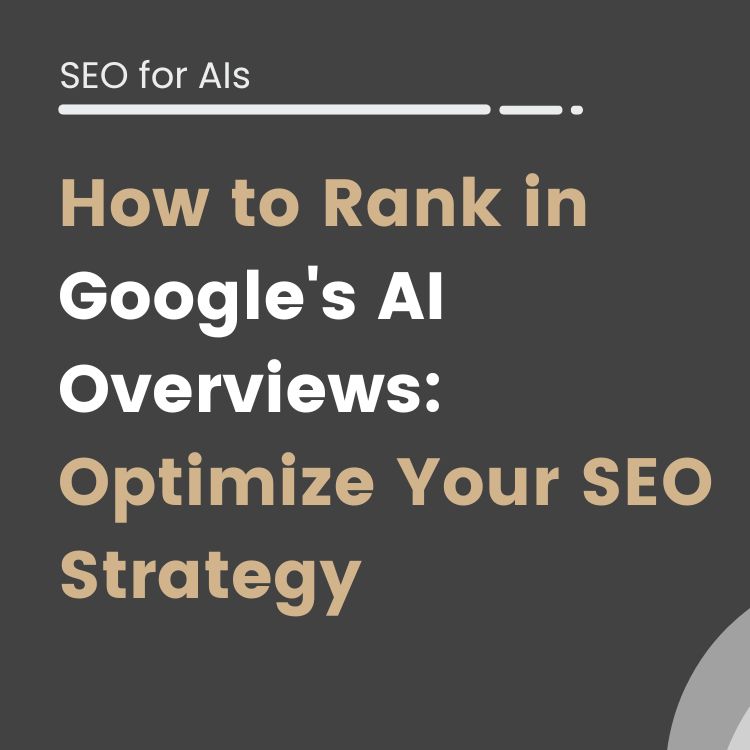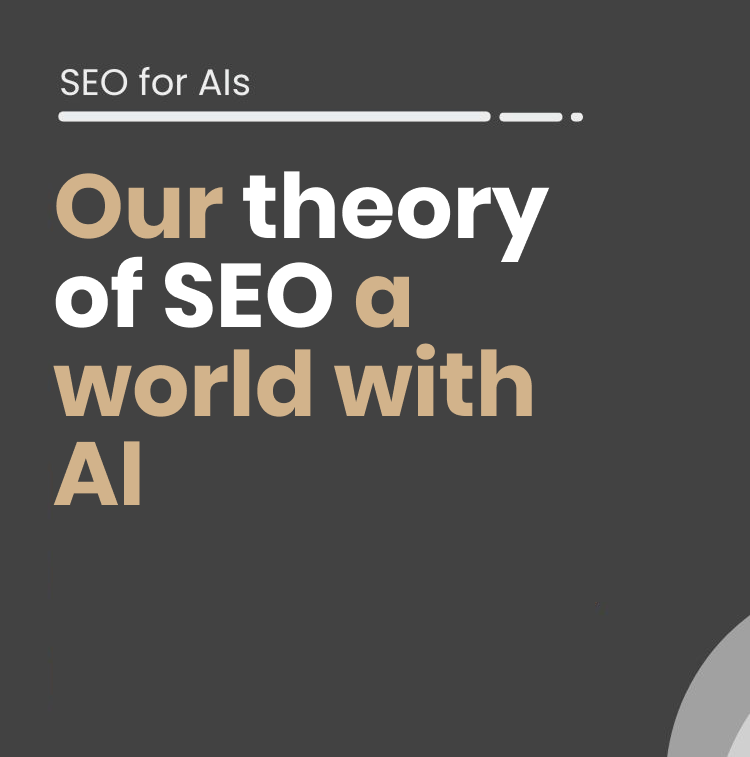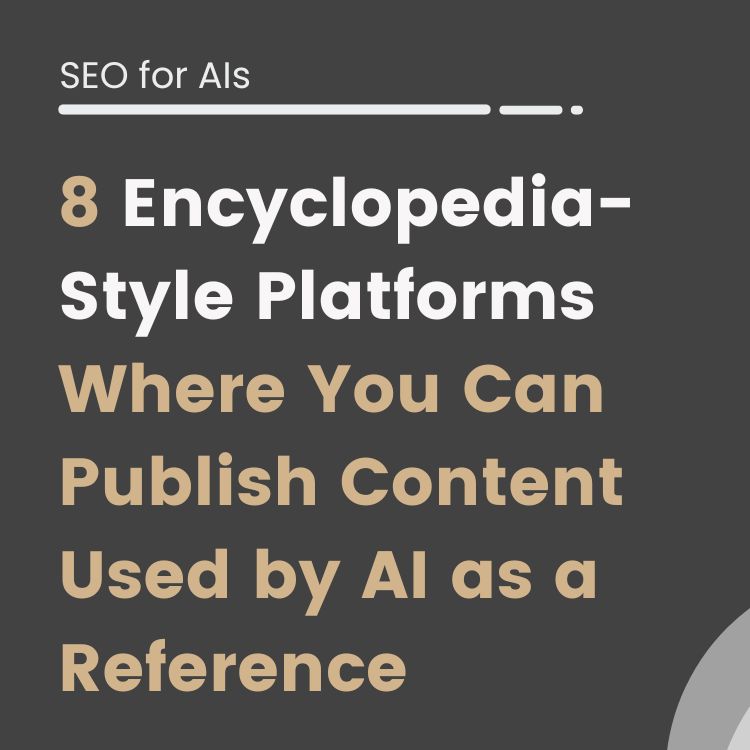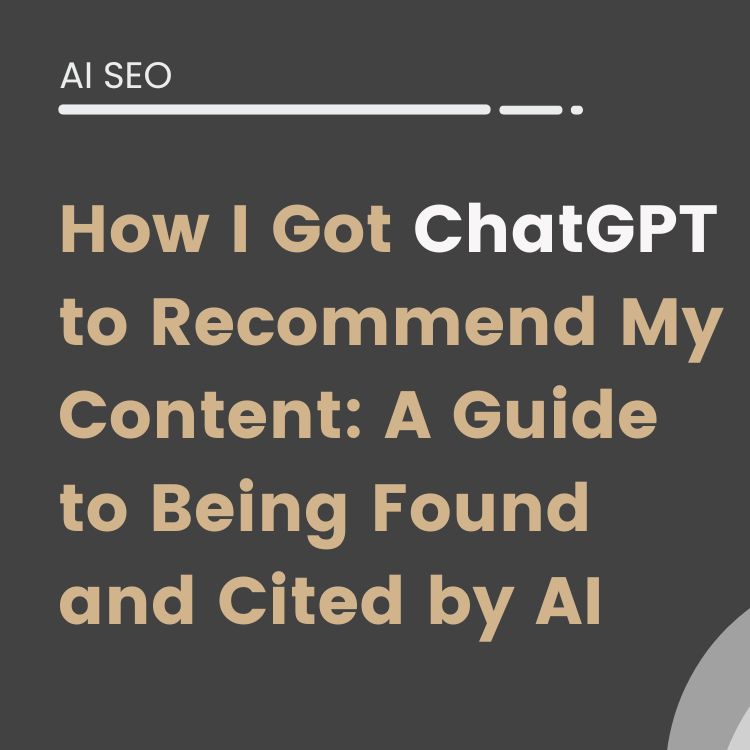One of the many functionalities that generative Artificial Intelligence offers us is the ability to enlarge and scale our images not only without losing detail, but even adding it.
In addition, with the technique we show below, you will not have to depend on third parties or pay a single euro to get fantastic results.
What Methods are there to enlarge images?
Why is Stable Diffusion approach your best alternative?
The method explained in this article has numerous advantages over the alternatives.
For starters, it is free, we don’t have to pay third parties to use it and it also has the added bonus that we have total control over the privacy of the images we want to scale.
On the other hand, it not only allows us to increase the resolution of your images without losing detail, we can also add it, work on specific areas that we don’t like and all the other advantages of using Stable Diffusion.
Finally, we are not limited to double the starting size, technically, there are no limitations other than the hardware you use.
Use cases and applications for enlarging image for ecommerce
- Enlargement of catalog images for use in blogs and publications without having to resort to image banks, with the depersonalization and costs that this entails.
- To be able to use the graphic resources of the web for physical prints, creation of catalogs, posters for events, etc. In most cases, the resolution of these images prevents them from being used outside the web.
- With higher resolution images in your catalog, we can allow users to zoom in and explore the details of your product.
- Give a second life by enlarging the old artwork on the web.
What do you need to enlarge images without losing resolution?
The first thing we need is to have Stable Diffusion 1.5 running, ideally locally. But if you don’t have a high-end graphic, we leave a Colab with Stable Diffusion and ControlNet ready to use.
The Colab already has the latest version of ControlNet, but if you have a local installation, we need to update it or add this ControlNet model: control_v11f1e_sd15_tile. It is as simple as downloading it and putting it in the ControlNet folder.
The last mandatory part is to install the Ultimate SD Upscale extension, we look for it in the Extensions→Available→Install tab.
From here on, it’s up to personal taste to add models or LoRAs that you particularly like or that adapt to the type of image you want to achieve.
How to enlarge images with generative AI / Stable Diffusion
The process we are going to follow is very simple once we have our Stable Diffusion ready.
We are going to use the functionality to generate images from another image, relying on ControlNet and a scaling module.
The following guide is a starting point with parameters that tend to work quite well the first time, but there is a lot of room for experimentation until we find the point we are interested in.
Conclusion
In conclusion, enlarging images without losing quality has always been a challenge in digital editing.
However, thanks to advances in artificial intelligence, we now have tools that can make up for the shortcomings and improve the quality of enlarged photographs.
The use of applications such as Stable Diffusion is a good example of platforms that use deep convolutional neural networks to enlarge images while maintaining their original quality.
Although there are limitations in terms of image size and resolution for free use, these platforms provide efficient and fast results.
In addition, they offer noise reduction options and the possibility to enlarge images up to 8 and 16 times their original size.
Overall, the integration of artificial intelligence in image enlargement has revolutionized the editing process and allows for better visual representation without compromising quality.
If you don’t believe us, try it yourself by applying this tutorial and tell us about it.
FAQs
Why is it difficult to enlarge images without losing quality?
Enlarging images presents difficulties because it involves filling in missing pixels, which affects image quality.
How can artificial intelligence improve the quality of enlarged images?
Artificial intelligence uses advanced algorithms to fill in the gaps in an enlarged image, making the difference with the original image barely noticeable.
What restrictions are there when using artificial intelligence tools to enlarge images?
Free options usually have limitations on maximum file size (generally up to 5 MB) and resolution (up to 1200 x 1200). To work with larger files, it may be necessary to use a paid version.
How long does it take to enlarge images with artificial intelligence?
Artificial intelligence tools often provide fast results, getting the result in seconds.
What are some popular tools to enlarge images with artificial intelligence?
Popular tools include AI Image Enlarger and bigjpg, which offer options for enlarging images and adjusting the level of noise reduction.
Alvaro Peña de Luna
Co-CEO and Head of SEO at iSocialWeb, an agency specializing in SEO, SEM and CRO that manages more than +350M organic visits per year and with a 100% decentralized infrastructure.
In addition to the company Virality Media, a company with its own projects with more than 150 million active monthly visits spread across different sectors and industries.
Systems Engineer by training and SEO by vocation. Tireless learner, fan of AI and dreamer of prompts.






